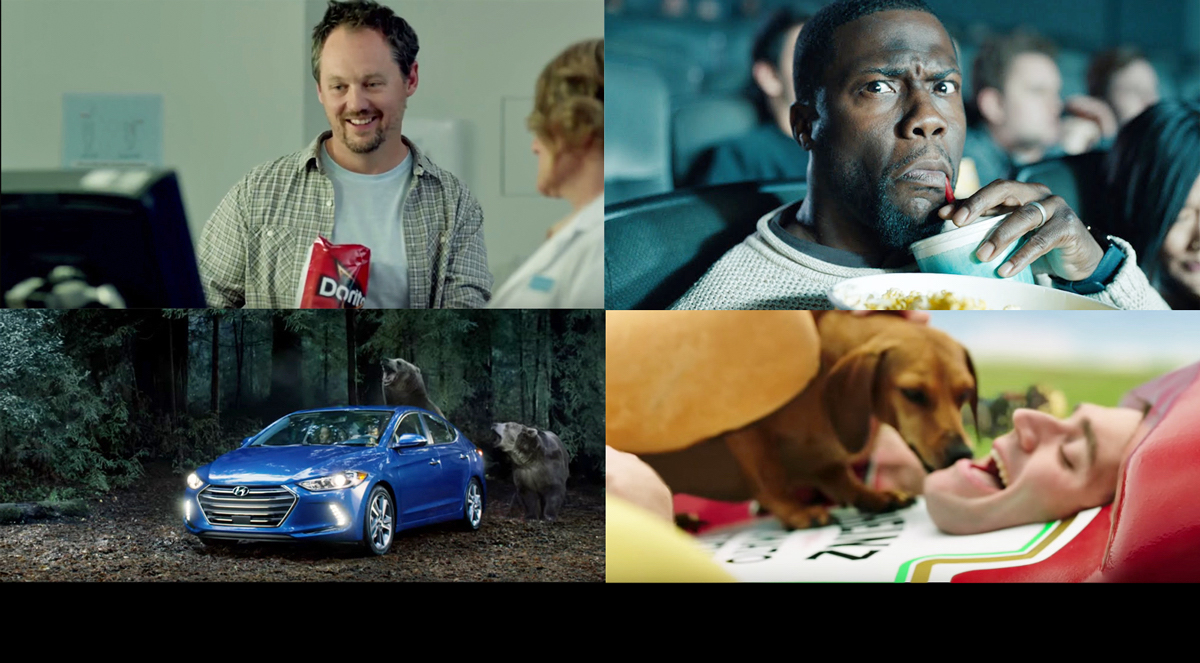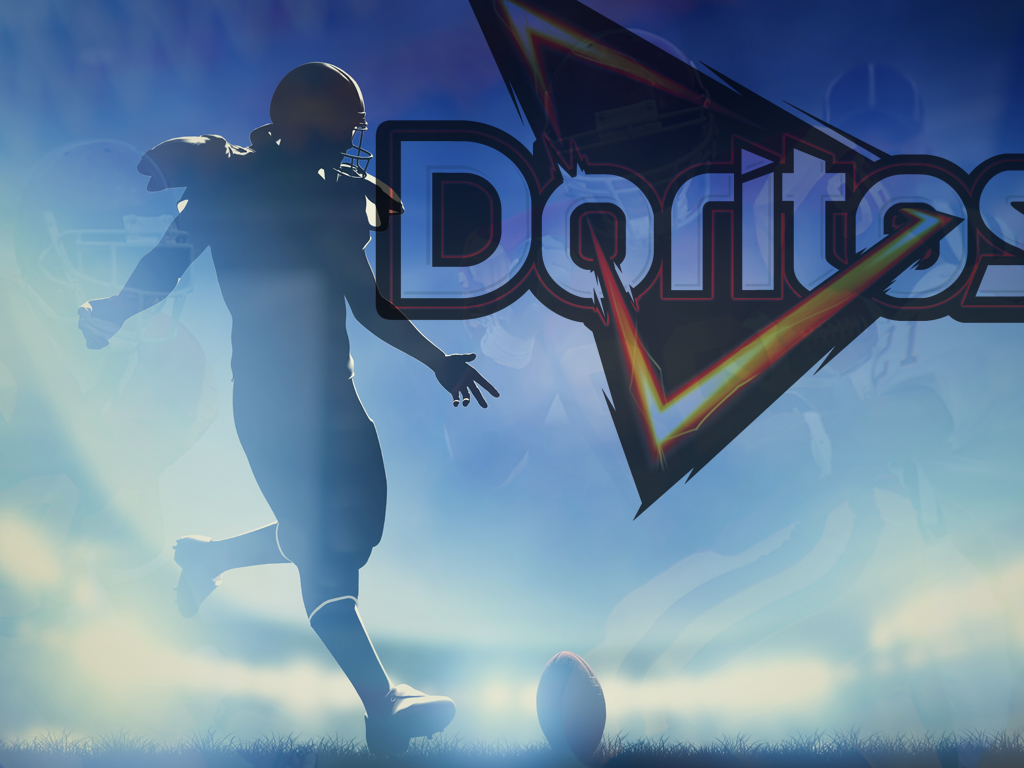Budweiser’s streak of Super Bowl ad dominance is thanks in large part to a puppy that makes American consumers verklempt. And experts say marketers looking to emulate the brand’s advertising success should develop content with relatable themes and emotional triggers. And, like Budweiser, this content doesn’t necessarily need an explicit sales message as long as that content is part of a longer play with other marketing elements that work in unison.
Budweiser clearly had another big hit this year with its Lost Dog spot, even though it was arguably a repackaged version of its 2014 Super Bowl commercial. And, lucky for Budweiser, consumers really didn’t seem to care that they’d seen the dog + horse + peril = viral video gold formula before and were eager to welcome the brand’s puppy back into their TVs and browsers again.
In fact, the Lost Dog spot was #1 in USA Today’s Ad Meter rankings of Super Bowl ads overall with an average rating of 8.1 out of 10. And, to date, the spot has 24.5 million views on YouTube.
What’s more, per Viral Video Chart, Lost Dog is the #1 video in the last week and also has 2.3 million Facebook shares.
In addition, YouTube comments like, “Just another reason to love Budweiser…this makes me teary-eyed and happy every time I see it,” and, “BEST COMMERCIAL EVER <3,” indicate consumers yet again feel an emotional connection to the spot.
Even Internet domain registrar and web hosting company GoDaddy learned not to tangle with Budweiser’s puppy. GoDaddy pulled a Super Bowl spot prior to game day due to adverse reaction to it poking fun of the beer brand’s 2014 hit.
And it’s not even clear that these dog lovers are beer drinkers. But, again, it doesn’t seem to matter.
So why does Budweiser go to the trouble of making consumers cry – even when that includes consumers who may never purchase its product – and what can other brands glean from this?
Greg Jarboe, president of internet marketing services firm SEO-PR, points out that Budweiser ran two additional spots during the game, Brewed the Hard Way and Real Life PacMan #UpforWhatever.
“Most other advertisers ran one. So, Budweiser ‘flooded the zone,’ as they say in football,” Jarboe said.
In addition, the 2015 puppy spot builds on a story started two years ago with Brotherhood and continued last year with Puppy Love, he said.
“If Hollywood has taught us anything, when you have a story and characters that people love, it’s a pretty safe bet to create a sequel,” Jarboe said.
And it’s those emotions that are a key part of the spots’ success. But if other brands are looking to follow Budweiser’s lead and drive video sharing of their own, they should make sure to hit whatever emotional triggers they choose hard, Jarboe says.
The formula for success also includes launching the ad before the game to build digital buzz and layering on social motivations. And Budweiser’s top-performing Super Bowl ads from the last three years have done all of these things.
“So Budweiser has figured out the formula for success and is repeating it year after year,” Jarboe said.
Ian Chee, chief strategy officer at digital marketing agency MRY, said that context is more important today than ever. And in the case of the Super Bowl when consumers are watching the game with family and friends “it’s a lighthearted affair where people gather, joke and drink. In this context, ideas that will bring a smile to your face or a swath of nostalgia work. It opens up the conversation in the room and this often translates to the conversations online as well,” he said.
In addition, Chee said themes like puppies and family bonds are ones many Americans can relate to.
“Budweiser pulled on these strings to build resonance with their audience and it’s worked,” he said. “It’s true that it’ll be difficult to track the immediate sales impact, but brands, smart big brands, understand they are playing a long game. Lasting brands are built over years, and a good investment of love for the brand can help build that long-term resonance.”
Dave Surgan, associate director of mobile and social platforms at ad agency R/GA, agrees that brands have a decision to make when it comes to an event like the Super Bowl and the impact they want to make.
“Across all mediums and technologies, adding puppies, kittens or semi-naked people will get you attention,” Surgan said. “Does this always help you reinforce a message that adds value to your product? Probably not. Does it grab some attention for a moment? Almost always, yes. Brands need to figure out if they are working for quick attention grabs for every campaign or something that endures.”
However, Chee also notes a brand’s entire marketing strategy is not usually a single ad. Rather, it includes a lot of different elements that work together to achieve larger goals.
In other words, one asset doesn’t necessarily need to do everything.
“The best marketing usually does one thing very well and then there’s a set of tools that does other things like social engagement,” Chee said.
In a well-orchestrated campaign, these elements work together, he said.
Further, Budweiser had the luxury of two Super Bowl spots – one that pulled at consumers’ heartstrings and one that was product-oriented.
“One connects on the emotional level and the other is [about the product],” Chee said. “And, in fact, it was quite smart to do both.”
Bottom line: if nothing else, to play off of core human themes like the desire to be loved, Chee said.
“It’s like the whole idea of romantic comedies. When you go to watch, you’re not watching for the twist at the end when they don’t fall in love – you know these things are going to happen,” Chee said. “Those things follow a certain rhythm and there are new ways to tell it and nuances that make it better or worse, but, at its core, it plays off of similar themes and, with the Super Bowl, it’s similar themes, but executed well and at a higher budget.”
What else do you think brands can learn from Budweiser’s puppy?


